
What exactly is the Metaverse?
Have you seen films like Ready Player One or Free Guy? The environment shown in those films is exactly like the Metaverse. But the Metaverse that Facebook CEO, Mark Zuckerberg, talked about on 28th October has a bigger platform, better reach, and a breathtaking purpose. The Metaverse is going to be a virtual reality platform that will supplant the internet and help merge the virtual life with the real life. We will be able to do almost everything in this Metaverse that we could do in the real world. Let’s look at the basic concepts that will act as a foundation for the creation of the Metaverse.

The Basic Foundation
The Metaverse is going to be constructed taking into consideration these basic principles :
• Presence
• Avatar
• Home Space
• Teleporting
• Interoperability
• Privacy & Safety
• Virtual goods
• Natural Interfaces
In the video, Zuckerberg mentioned all the points, but he went into deep about only 2 of them. These 2 being Interoperability and Privacy & Safety . Let’s dive. For completely exploring the Metaverse, there has to interoperability, meaning the users in the Metaverse should be able to communicate with each other regardless of their location and time in the real world. Facebook has started working on an API that will help with the interoperability in the Metaverse. Privacy & Safety in the Metaverse will mostly be related to the transfer of the physical things into the Metaverse and keeping those virtual objects safe in the Metaverse.

The Tools to make it a “VIRTUAL REALITY”
The building of the Metaverse is going to be a huge task and Facebook has started to build the tools necessary for making this Metaverse. Facebook is not only making these tools but giving away the resources needed to make these tools. Tools like API’s, SDK’s, and Facebook is also building a curriculum for educating developers on how to use these resources to help create the Metaverse. These attempts at educating the developers will make the interactions in the Metaverse more realistic as we are getting resources from directly the creators, and we know what creators expect for the platform they are creating. One important benefit of developers being able to use these devices will be the transferring of the digital objects into the physical world and VICE VERSA.

Working in the Metaverse
According to Zuckerberg’s presentation, working in the Metaverse will be easy and mostly use the hologram technology. Few concepts were already implemented like the digital version of ZOOM for making a digital workspace. Facebook also talked about the implementation of 2-dimensional Progressive webapps.
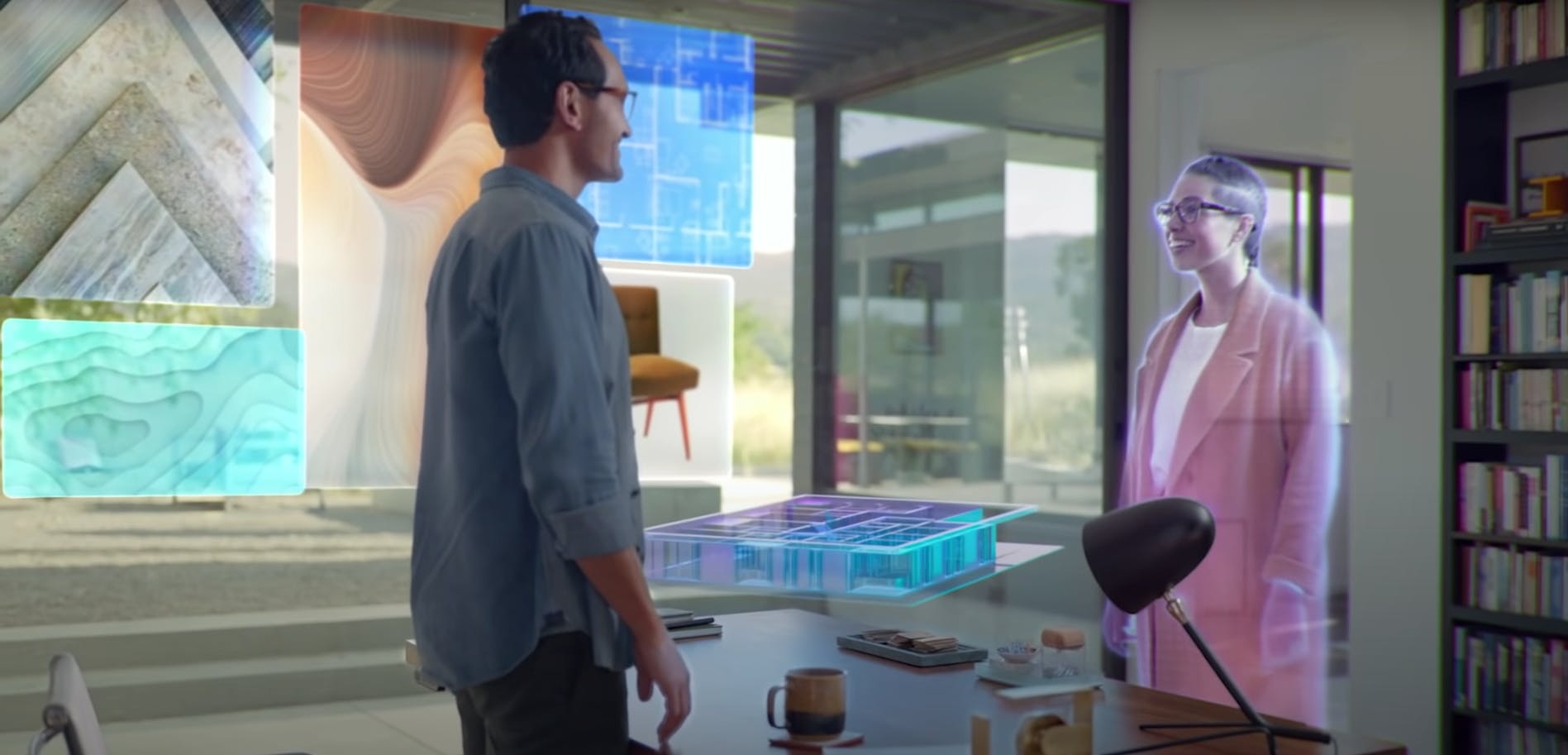
The implementation of these apps means brining the 2-dimensional internet services to the Metaverse. However, these 2-dimensional webapps will be used in a 3-dimensional environment. Lingo?? That’s okay. Check out the full video, link at the end of the blog.
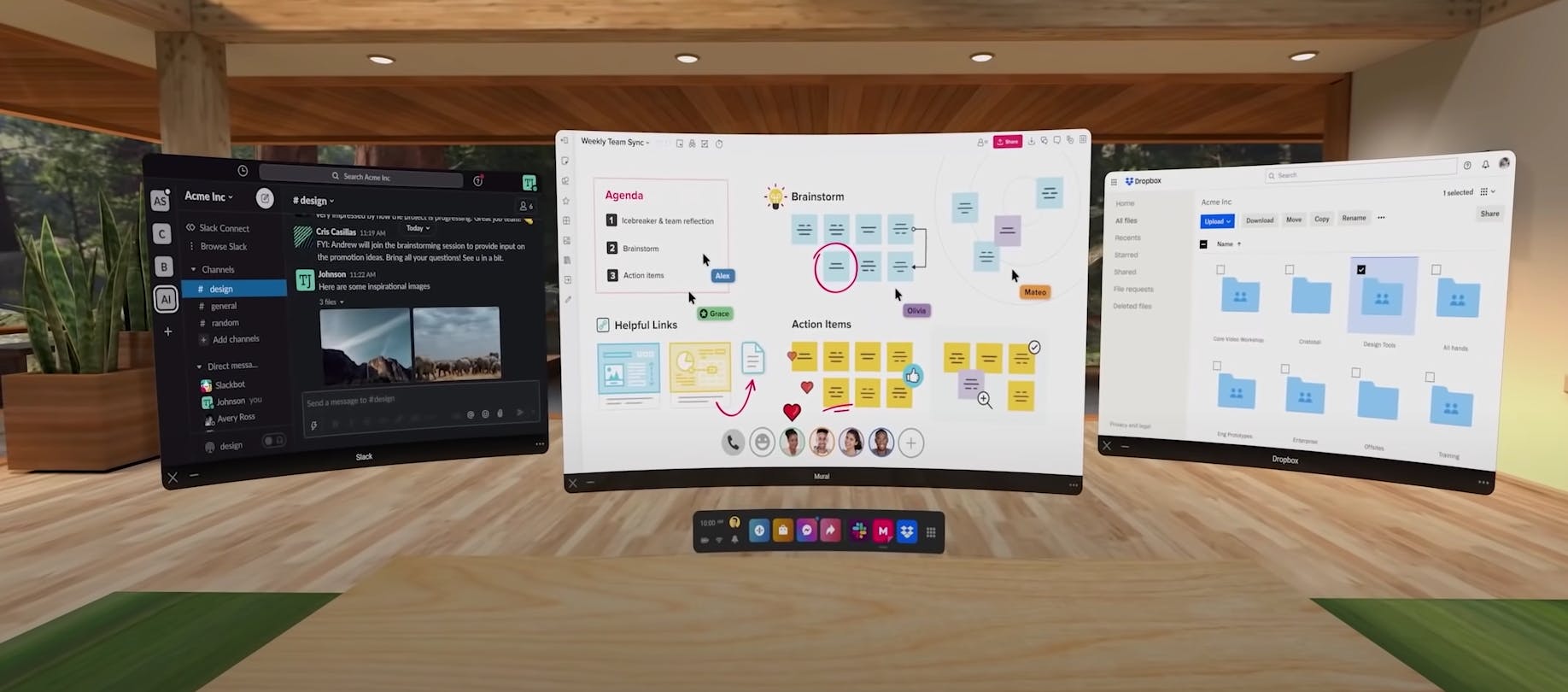
Among the countless benefits of the Metaverse workspace, people will have more access to their jobs from different places in the world. Because everything will be virtual, you don’t have to worry about the traffic while going to the work which will also lead to less pollution and less chaos.

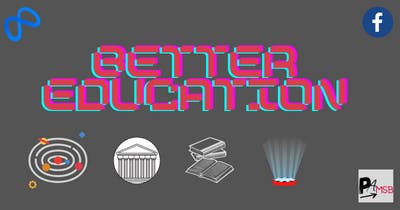
A better chapter in the Education system
Everyone knows that the primary education at most places suck. Because most schools, institutions, and education systems (so called the ‘boards of education’) have confused education with the Academia. A very huge part of our society still thinks that getting good grades in theoretical subjects is the ladder to the societal success. Even if that is the case (and it’s not) the courseware needs to be interesting and interactive. The education in the Metaverse is going to be exactly what we want it to be – interesting and interactive.

With the use of hologram technology, concepts in science and history will be taught in the most interactive manner we can imagine.
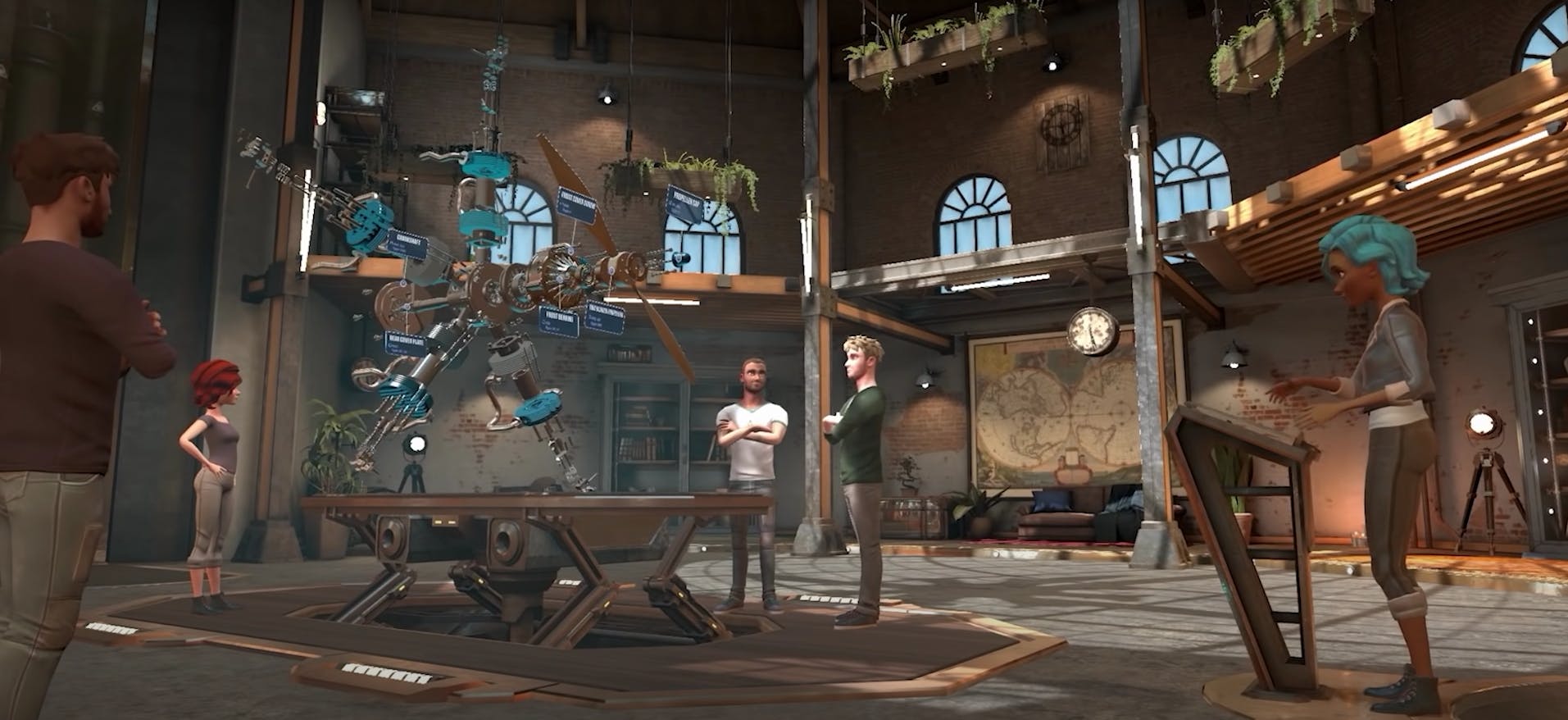
The medical students will be able to perform surgeries and apply other clinical methods to the hologram tech built bodies. I wish I had this in my schools.
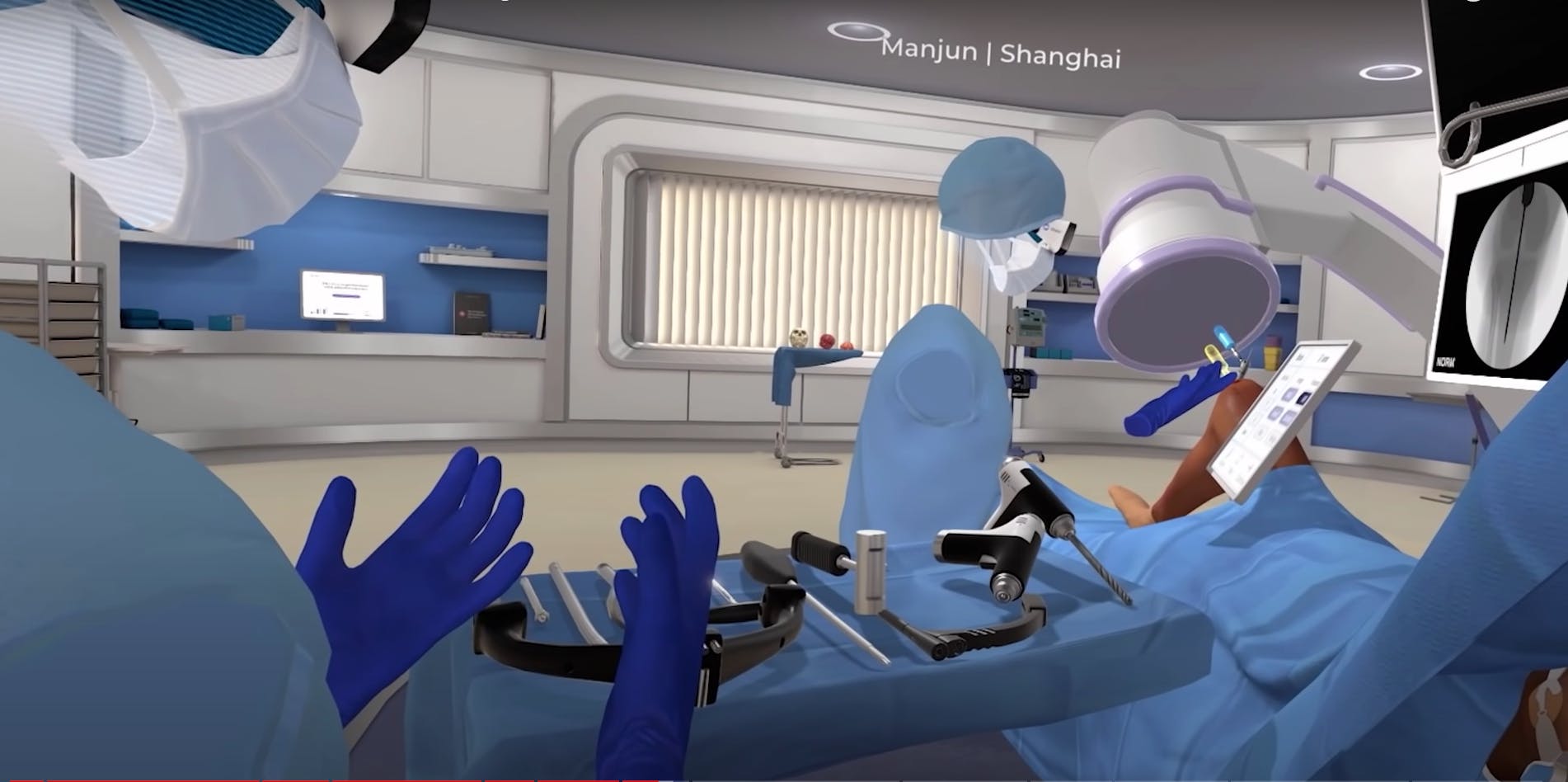

Cherry over the top – Commerce in the Metaverse.
The commerce in the Metaverse will begin with the digitalization of the real world objects. Real world objects like sports jerseys & skins to be used in the metaverse games will be one of the major commercial dealings in the Metaverse. The currency to be used in the Metaverse will mostly be the Cryptocurrency. Artists will be able to make the most out of the Metaverse business. Artists can digitalize their articles and display it in the Metaverse.

One of the biggest example is the NFT marketplace. There are endless possibilities for business’ in the Metaverse, ranging from providing immersive learning content to interactive workspaces.

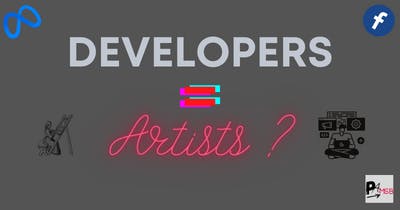
Developers = Artists?
One thing that people need to understand about the Metaverse is that developers, content creators, computer scientists in the virtual Metaverse are going to be celebrated in a way similar to the artists in the real world. Developers and content creators with the help of computer scientists will bring new effects, AR simulations, and real world objects into the Metaverse. Developers and content creators will have a big following in the Metaverse just like musical artists in the real world. This is going to happen. Be prepared, the nerds will take over.
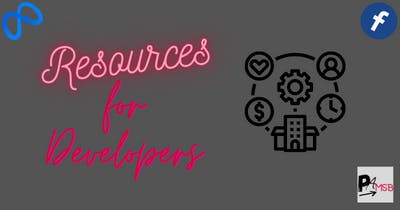
Resources for the Developers
Zuckerberg in his presentation talked about how they will create the metaverse. Facebook will be releasing more resources in the future that will help build the AR and mixed reality applications for the virtual world. Below are some of the resources discussed in the presentation:
• Presence Platform – Build mixed-reality experiences for Meta Quest 2
• Interaction SDK – This SDK will help the developers add hand interactions to their applications. (To be released)
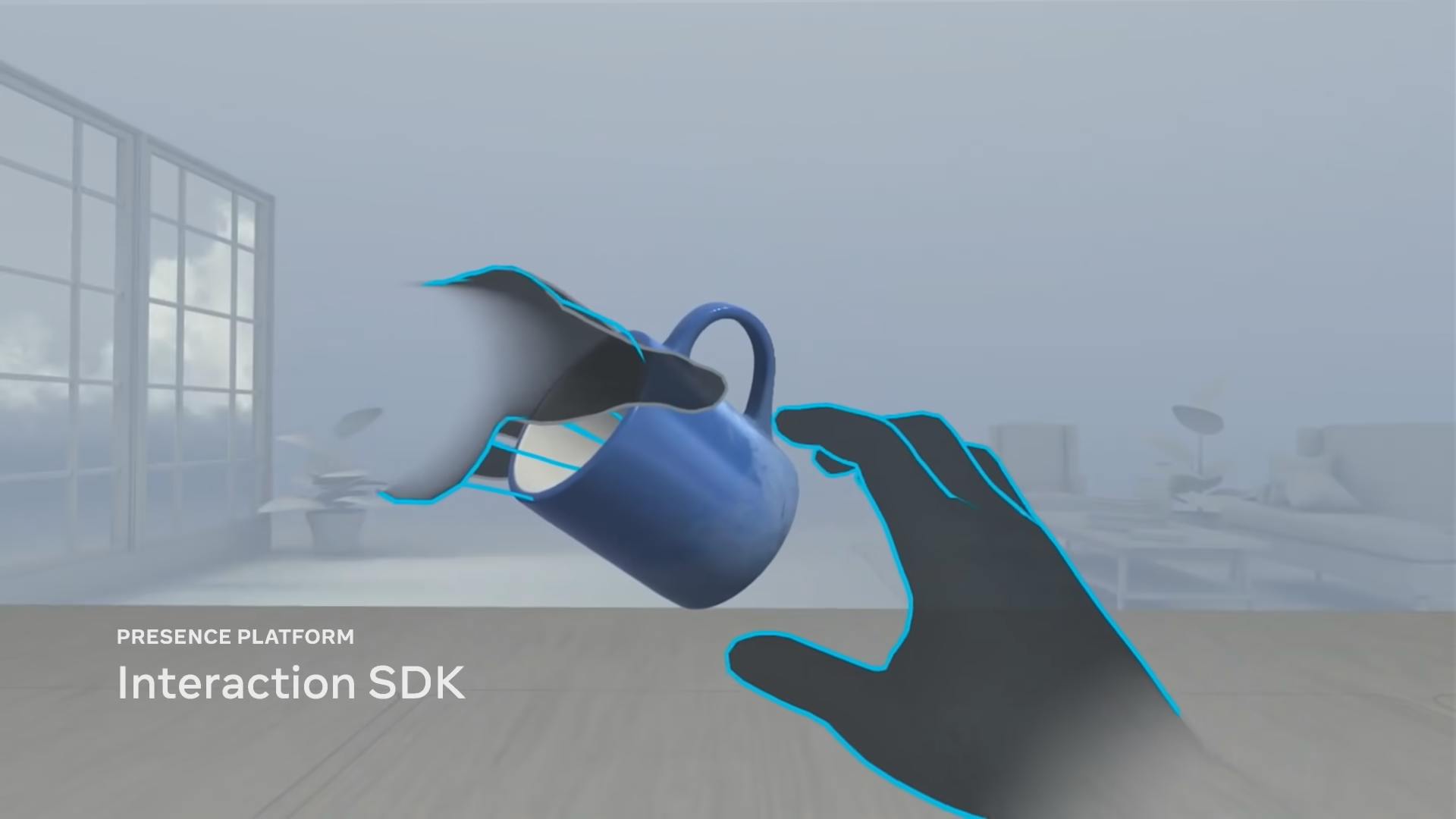
• Voice SDK – This SDK will help the developers integrate the voice input to their applications. (To be released)
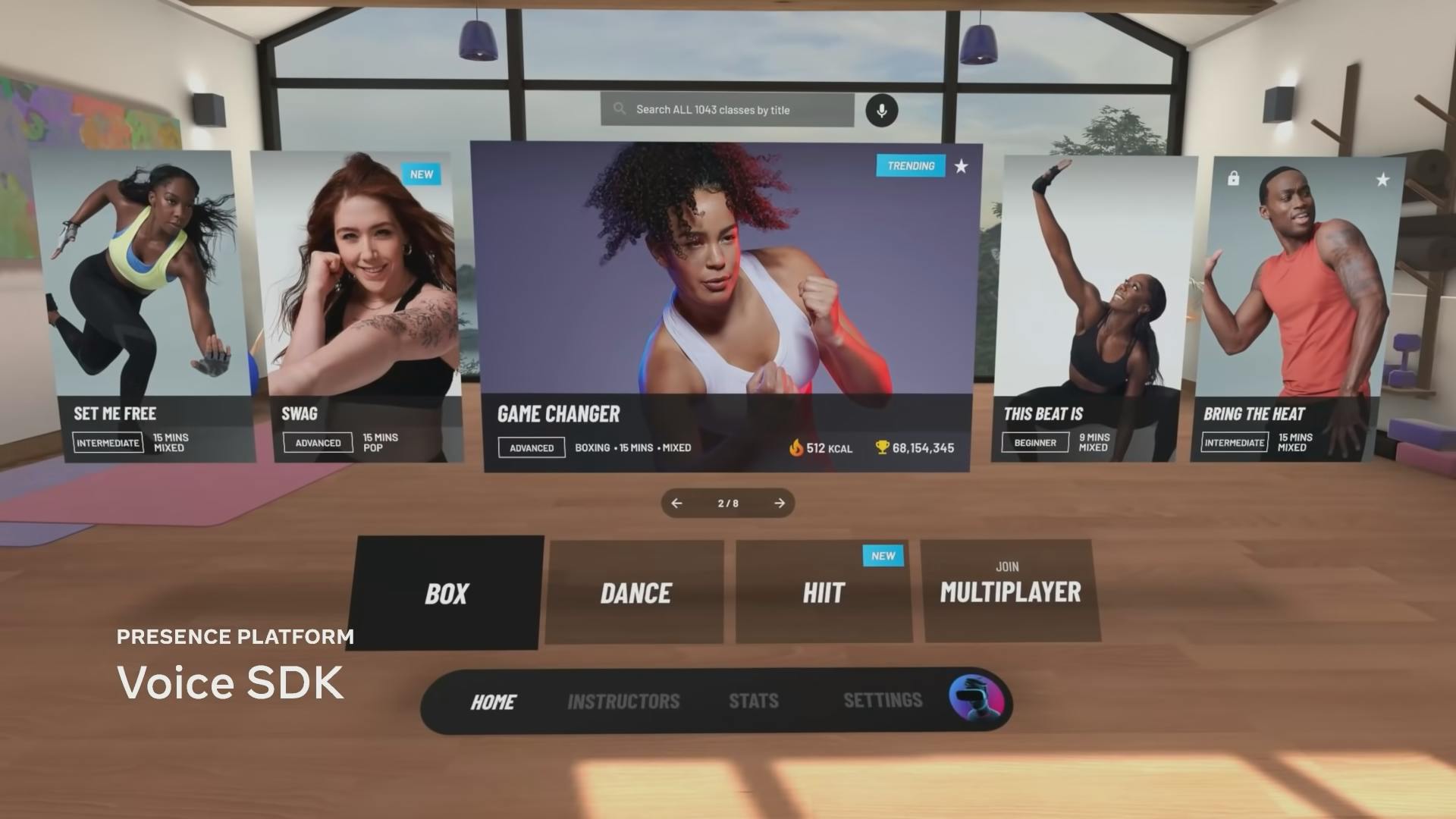
• Passthrough API – This API will help in the blending of the real world with the virtual world using the hologram technology. (To be released)
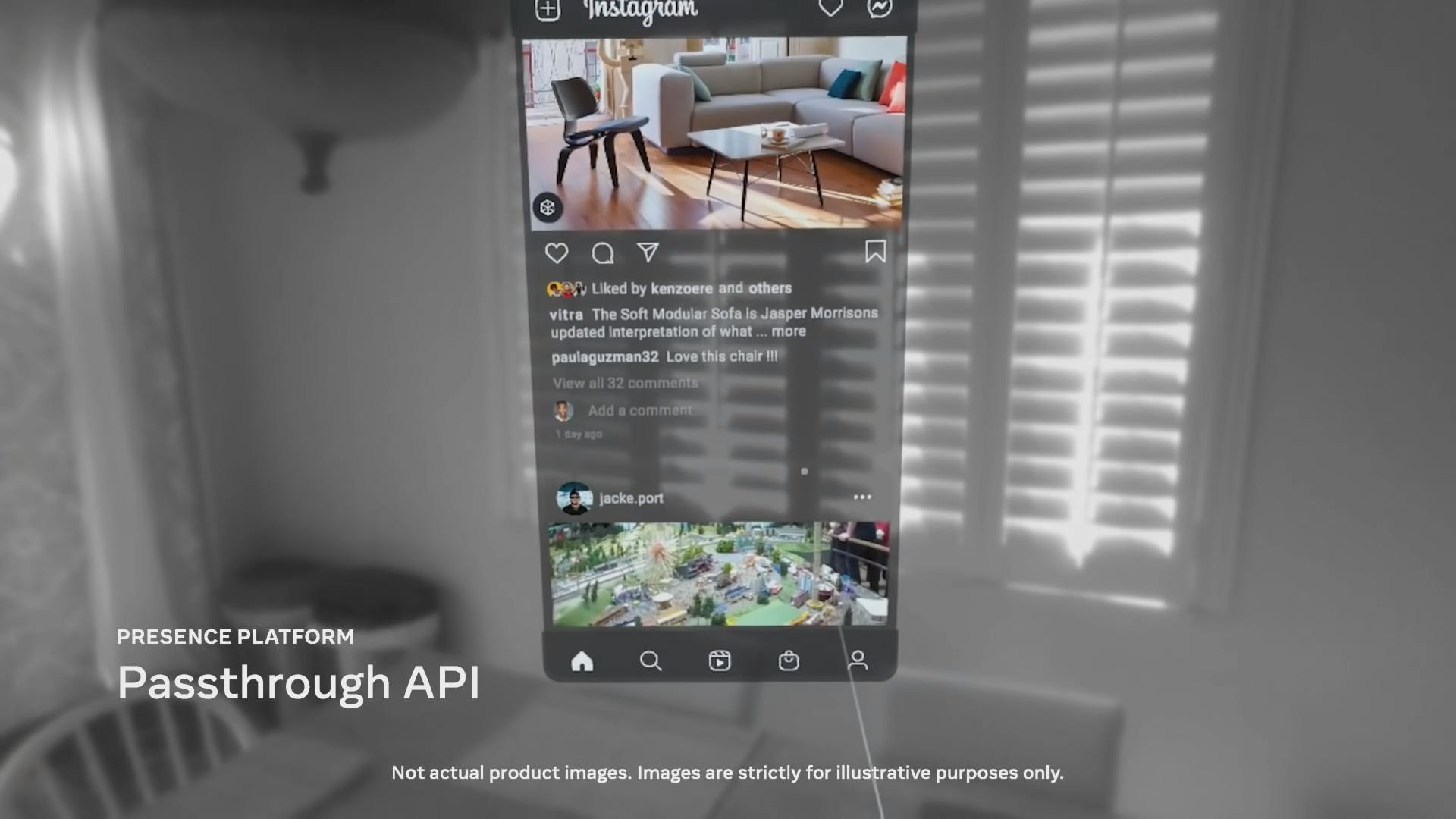
• Next SDK – SDK dedicated to help the developers ship their mixed reality apps to the Oculus store and in the App Lab.
• Polar – Application for Novice AR creators to create different AR experiences. Artists & brands will be able to create their own AR effects for marketing their products or art.

What’s in it for the Computer Scientists?
For creating the AR & VR devices like the Oculus or HoloLens, companies require Computer Scientists and Data Scientists to develop various algorithms that can make this Metaverse a reality. There has to be a lot of data collection and this data has to be processed so that we require less resources to use the data and save computer’s processing resources. There is going to be an increase in the CS and DS employments once the companies invested in the Metaverse become public.

Conclusion
The Metaverse is going to take a lot of time to build. We will need learning resources, implementation tool, a positive mindset (really important), a solid framework for privacy and a purpose that we’ll want to fulfill in the Metaverse. Although people have already started talking about the negatives of this Metaverse, remember, these are the same people who try to relate a fiction movie to real life. Talking about something without previous experiences is not going to be beneficial for anyone. Let’s stop hating and start loving.
Link to the Metaverse Introduction: youtube.com/watch?v=Uvufun6xer8

